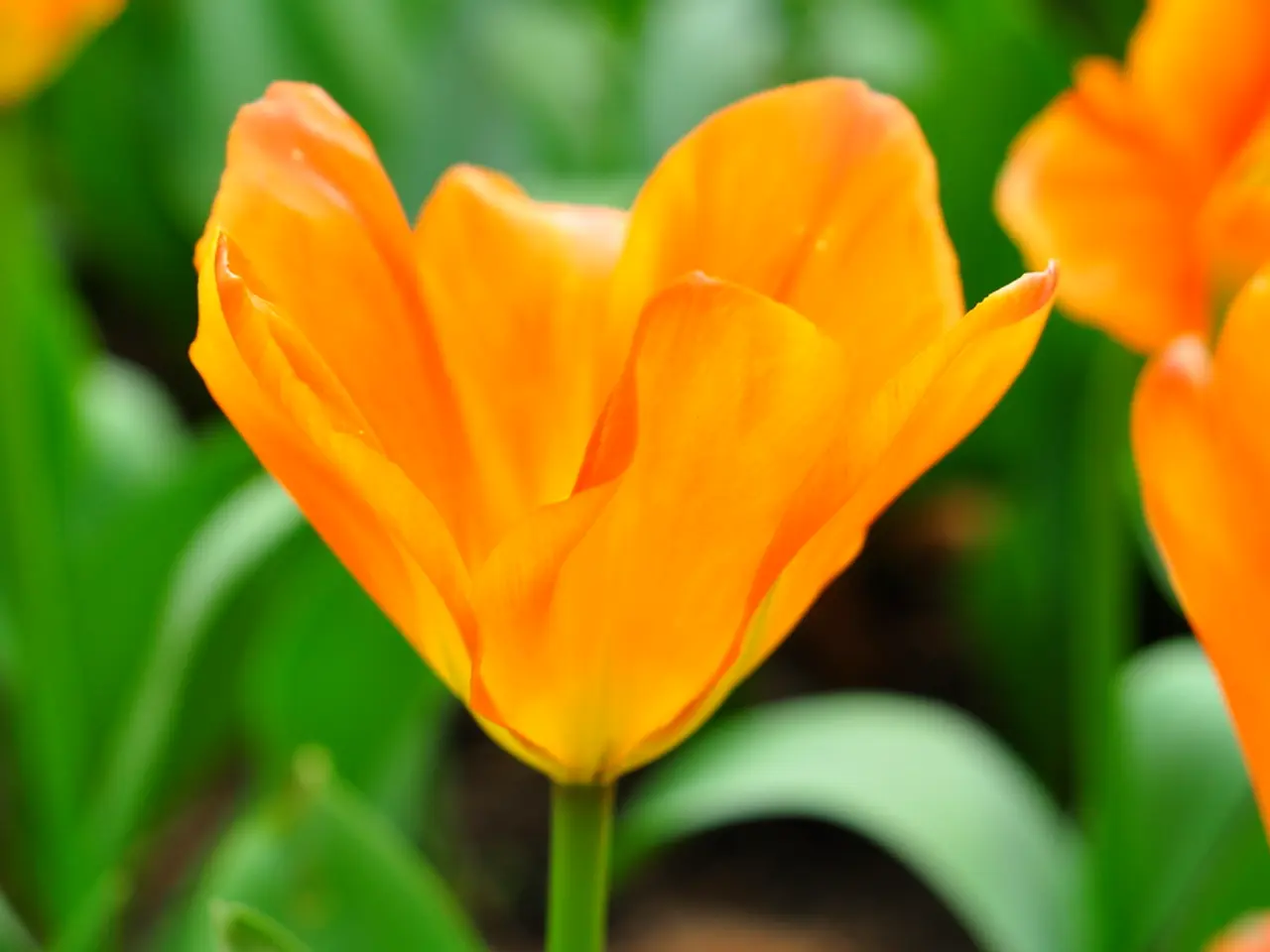Pruning Wisteria Twice Yearly: Discover the Best Times and Methods for Stunning Summer Blossoms
Prune your wisteria plants twice a year to enjoy their showy, fragrant flowers and prevent uncontrolled growth that can lead to damage to your property. This article outlines the steps for winter and summer pruning to keep your wisteria healthy and blooming.
Winter Pruning of Overgrown Wisteria
January or February is the ideal time to prune your wisteria, focusing on cutting back long branches and older stems. This process helps control the size of the plant and encourages new growth.
1. Cut Back Long Branches: Saw off old branches just above a young, vigorous branch or shoot. If the branch is very long, remove it in sections. 2. Remove Dead or Damaged Growth: Eliminate any dead, diseased, or damaged branches to prevent the spread of disease and promote healthy growth. 3. Trim Back to Main Stems: Cut back the stems closer to the main stem, leaving 2 or 3 leaf buds on each. This helps trigger the vine to produce new flowers rather than leaves in the following spring.
Filling in Gaps with New Growth
1. Identify Gaps: Look for areas where the wisteria is sparse or where there are gaps in the framework. 2. Prune for Encouragement: Prune stems near these gaps to encourage branching. By cutting back certain stems, you encourage the plant to grow new shoots, which can fill in gaps over time. 3. Train New Growth: Use twine to gently tie new shoots to the framework, such as a fence or pergola, allowing them to grow outwards and fill gaps. 4. Summer Pruning: During July or August, prune the long stem growth that occurs after flowering, cutting back stems to 5 sets of leaves from the main leader. This helps control the plant's size and promotes healthy growth.
Additional Tips
- Ensure your wisteria has a strong support system, like galvanized steel wires or a pergola, to help it grow upright and display flowers effectively. - Regular pruning, especially in winter and summer, is crucial for maintaining the plant's shape and promoting abundant flowering. - Wisteria is a vigorous plant that produces long, whippy shoots, so it's essential to prune it regularly to keep it under control. - February is the best time to prune an overgrown wisteria, where old, woody branches can be removed from mature plants. - For more information on growing wisteria, consult an in-depth guide that covers 20 stunning varieties of wisteria to grow.
Cultivating your wisteria can significantly enhance your home-and-garden lifestyle, as regular pruning encourages the growth of flowers, plants, and gardens. In winter, focus on pruning long branches and older stems to control the size of the plant and promote new growth,, while in summer, prune the long stem growth post-flowering to maintain the plant's size. Moreover, filling in gaps within the wisteria's framework can be achieved through pruning for encouragement and training new shoots to grow outwards, thereby improving the overall landscape and lifestyle of your property.




